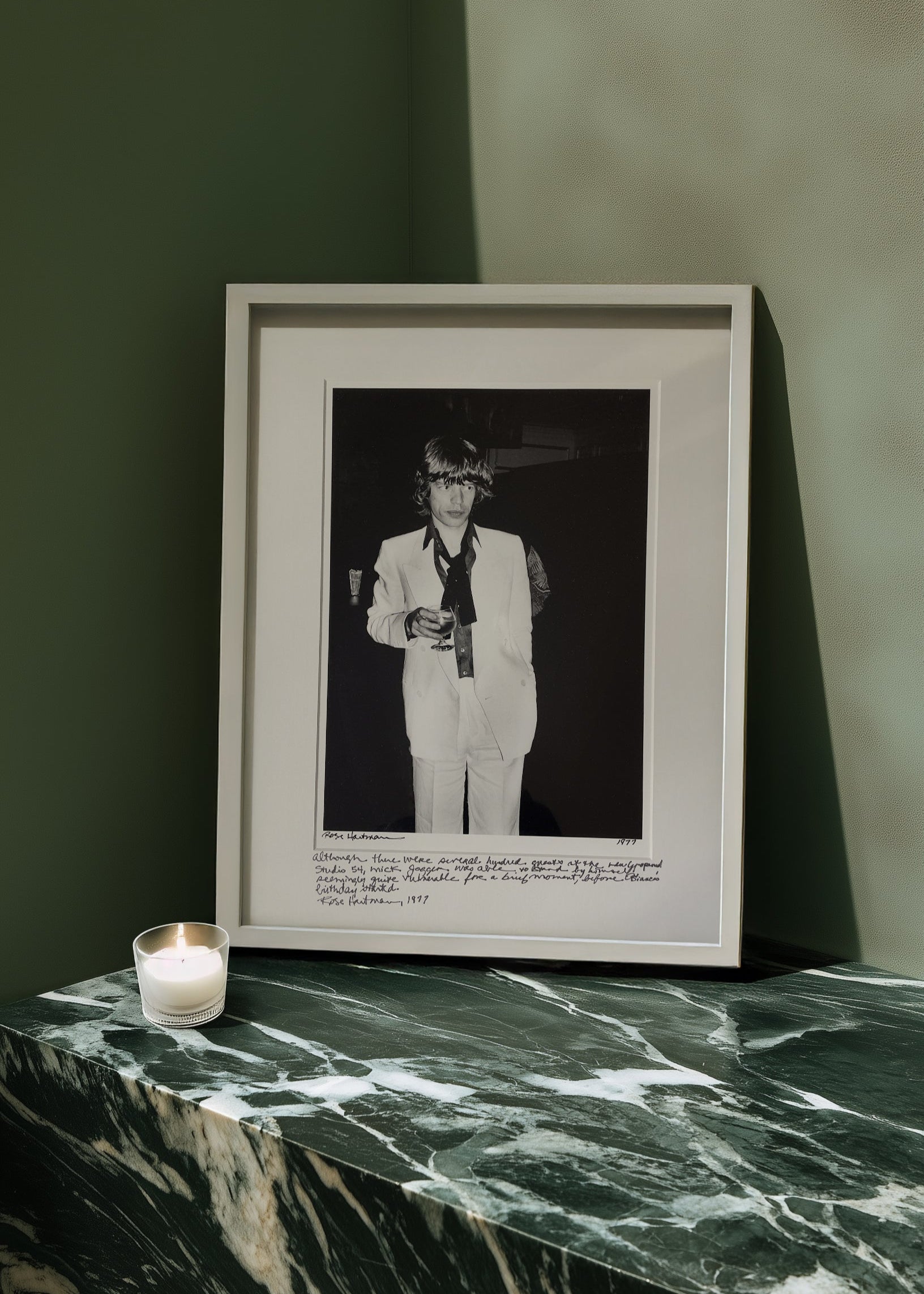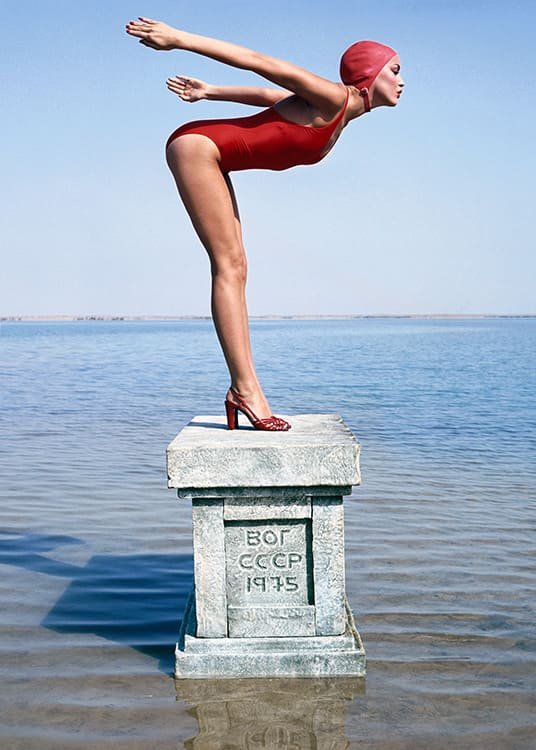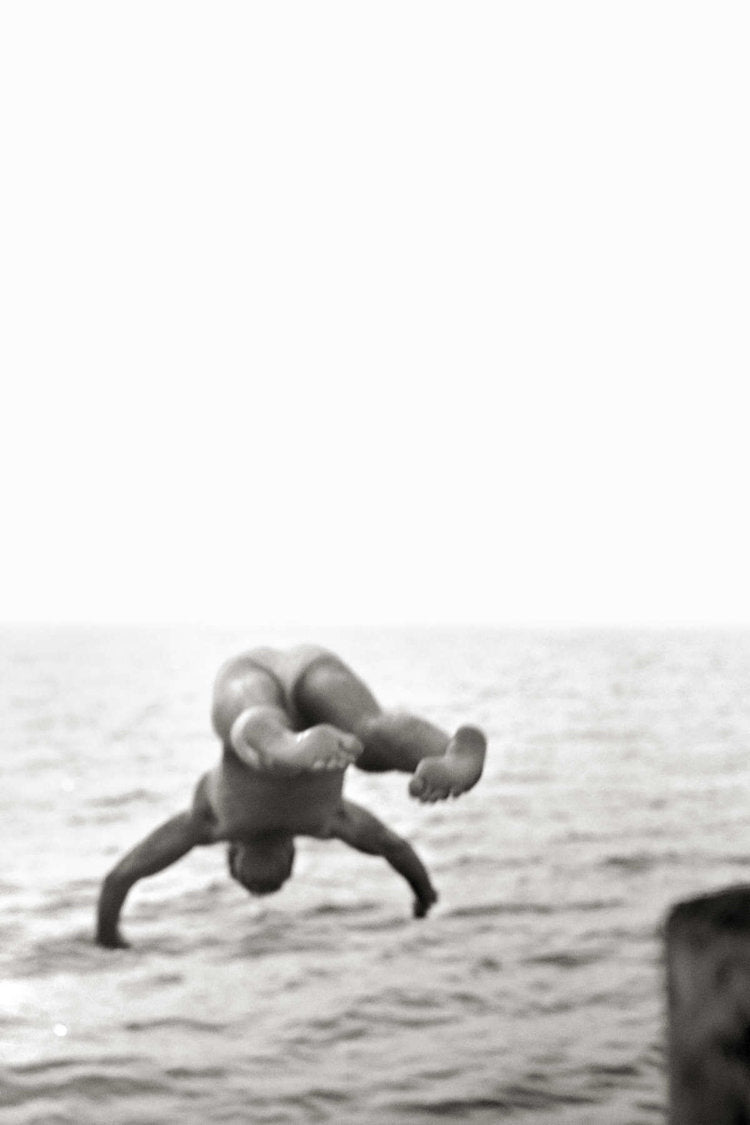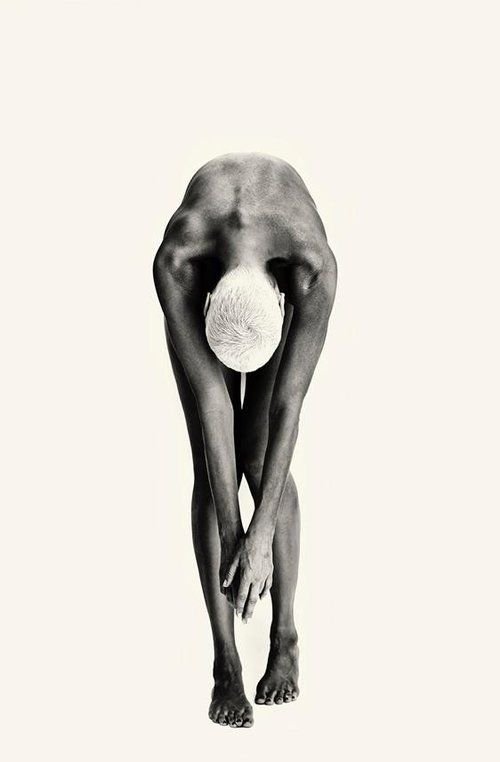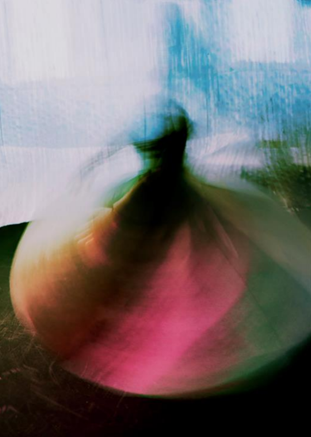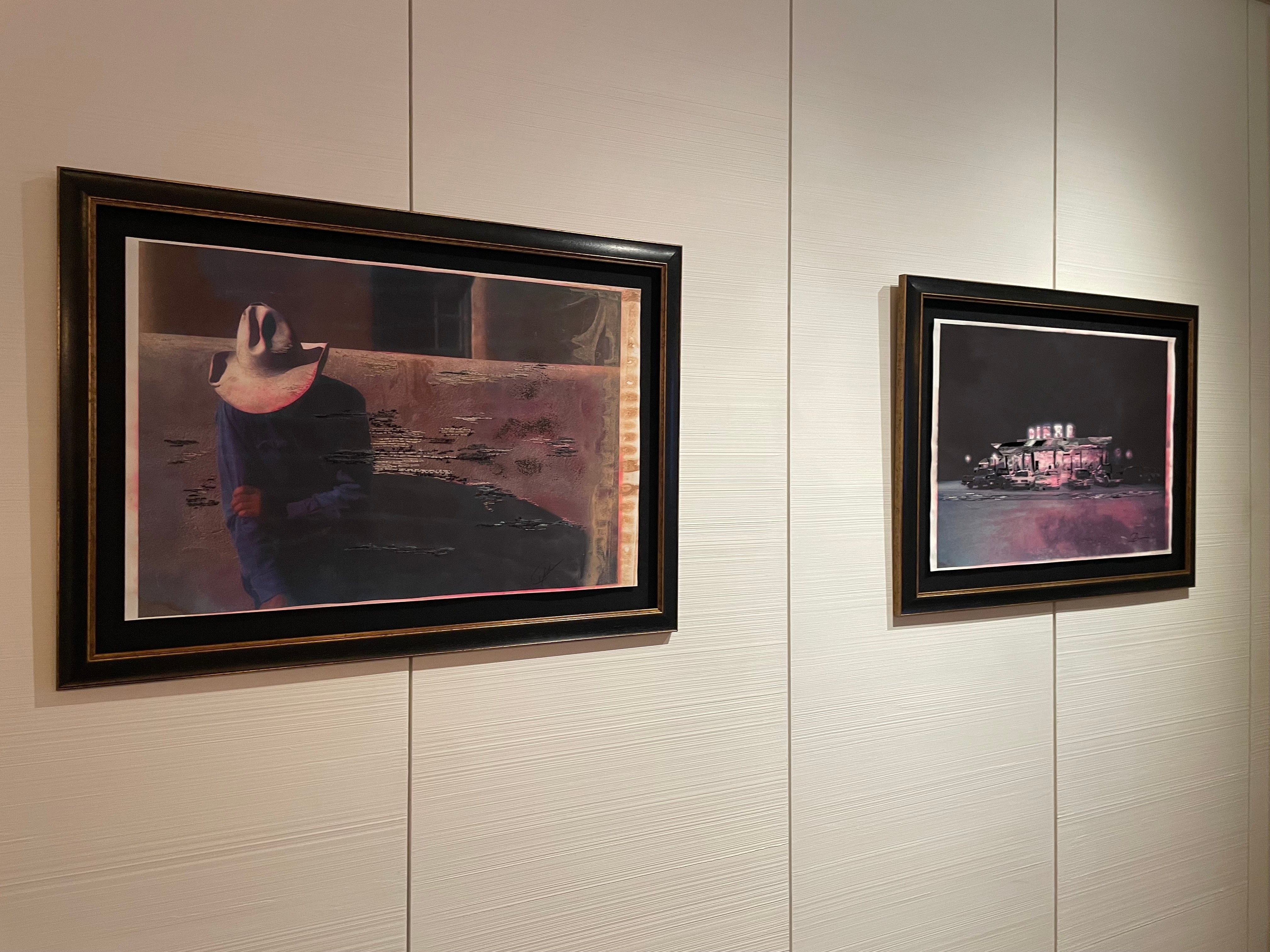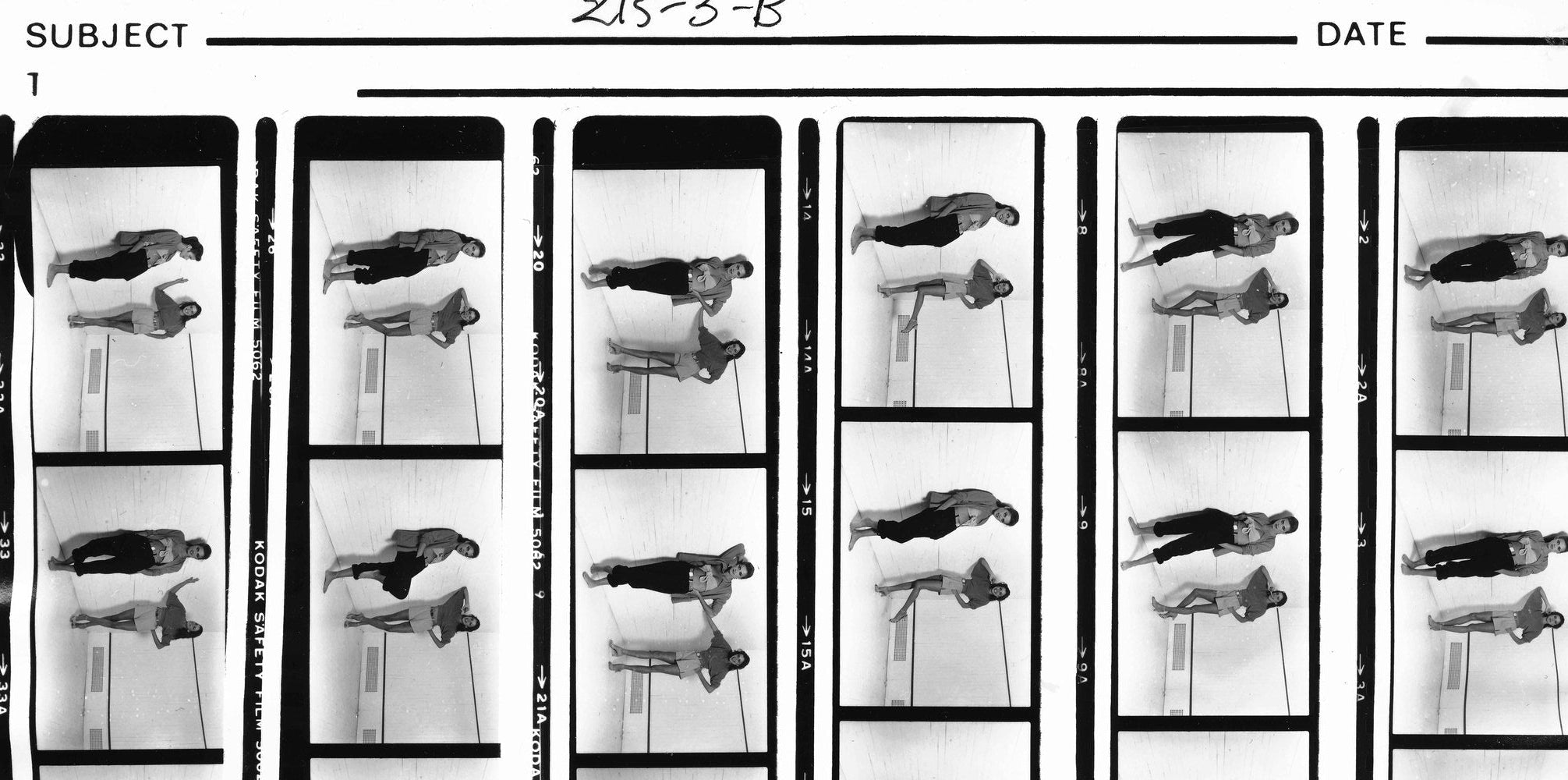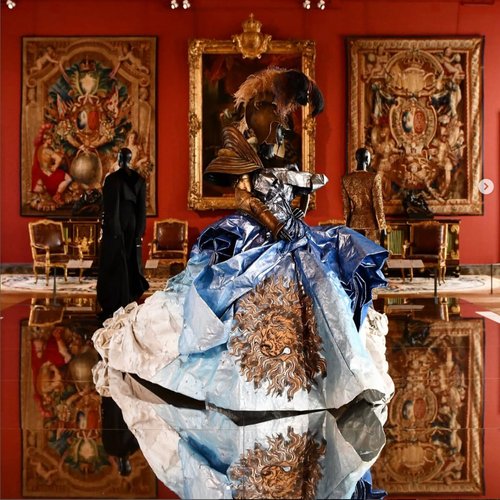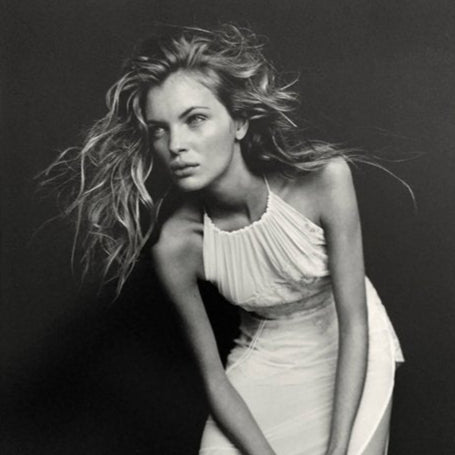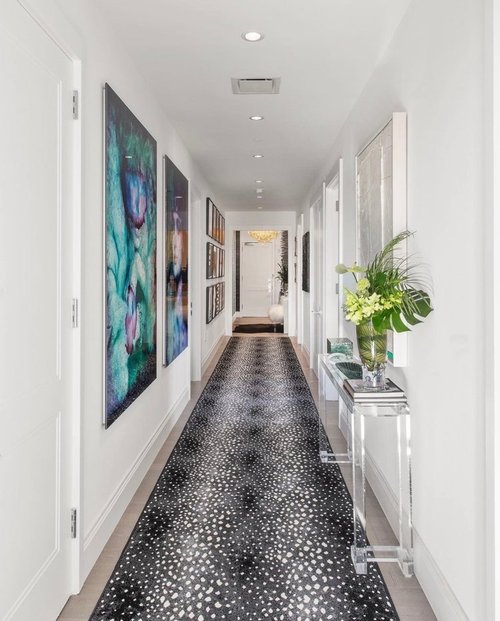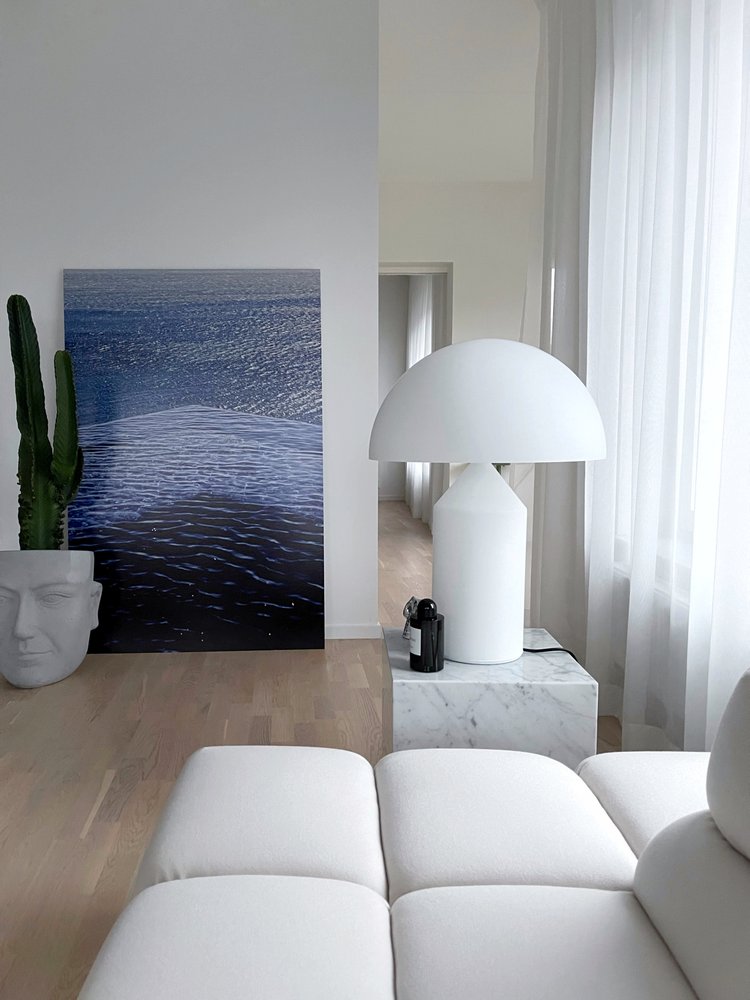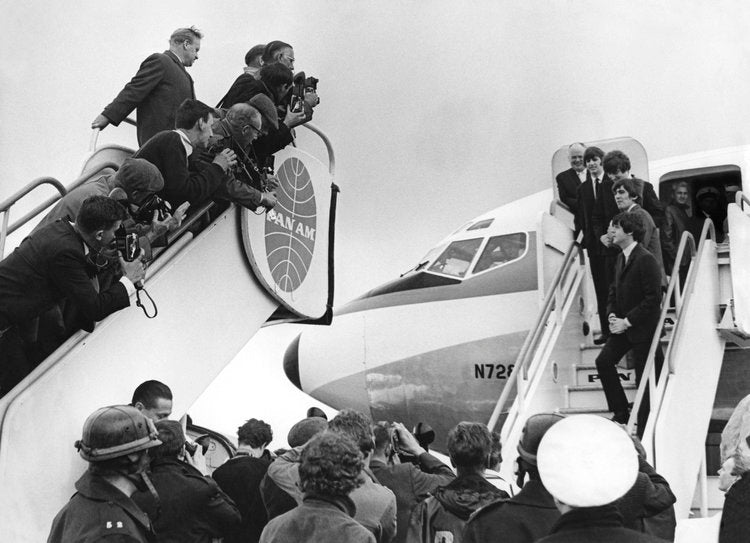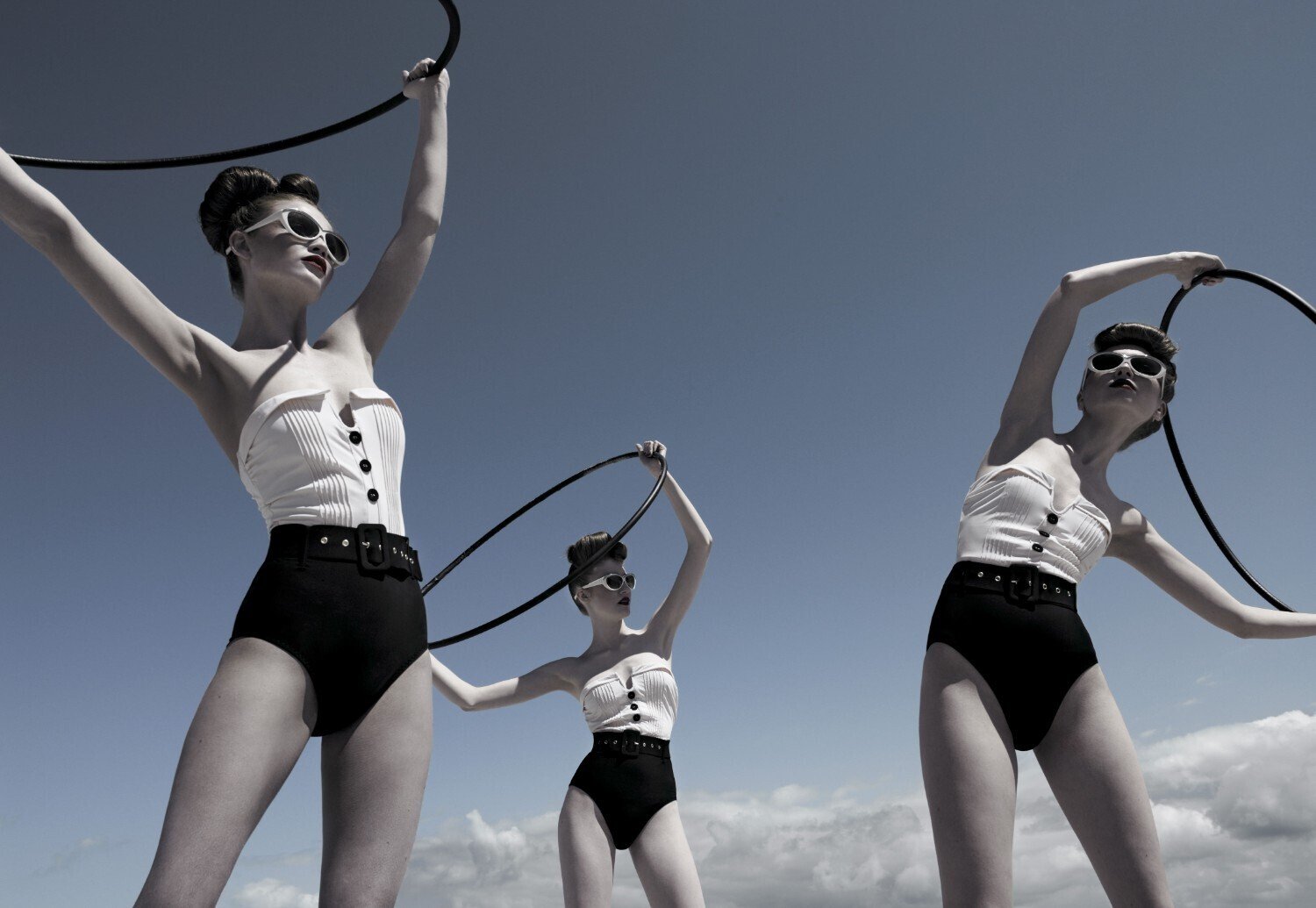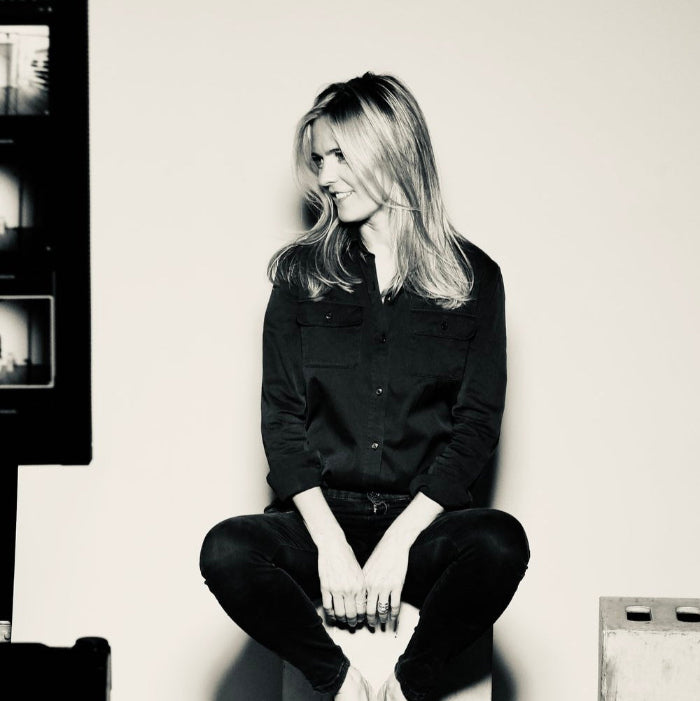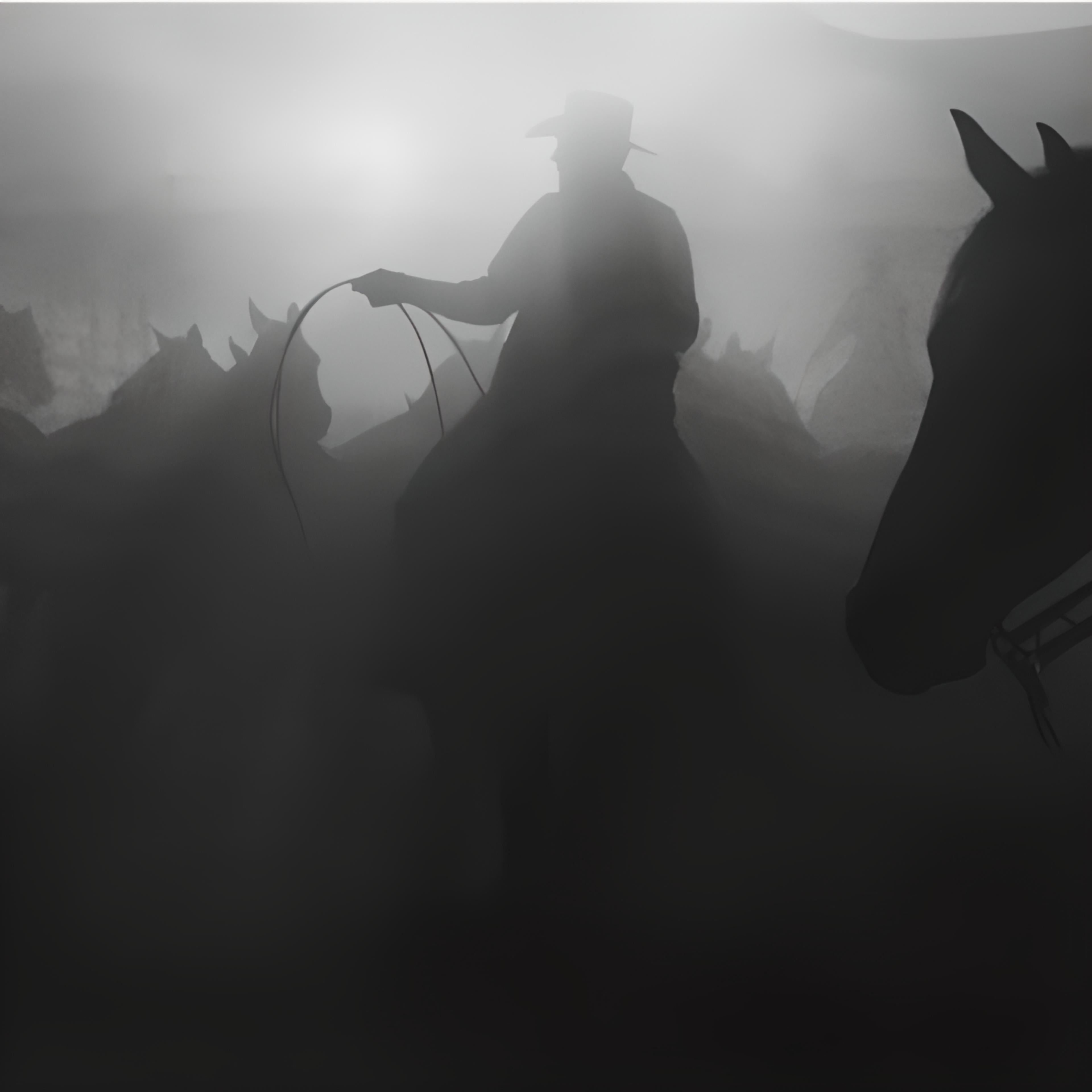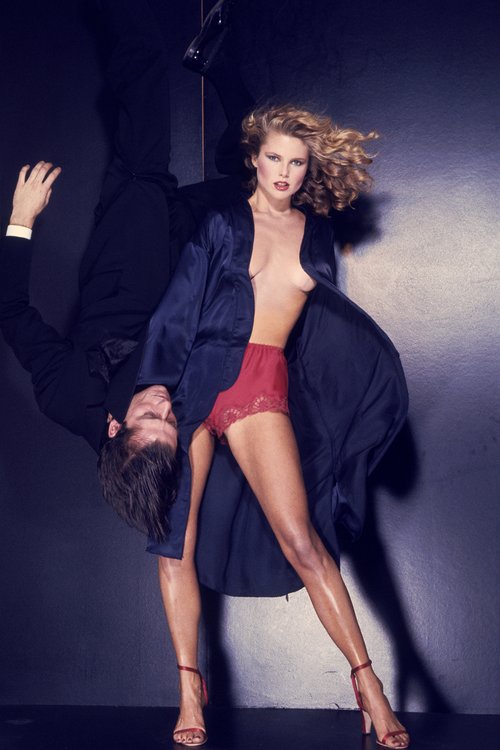The 1960s in Fashion Photography: A Revolutionary Decade
The 1960s marked a turning point in the history of fashion photography. It was a time of social and cultural change, which inspired photographers to explore new styles and push the boundaries of their art. Two of the most influential photographers of this period were Norman Parkinson and Terry O’Neill.
Norman Parkinson, born in 1913 in London, is considered one of the most influential fashion photographers of the 20th century. He began his career as a fashion photographer in the 1930s, working for magazines such as Harper's Bazaar and Vogue. In the 1940s, Parkinson was hired by the Condé Nast photography agency to work for Vogue, which launched his international career. He also worked for other fashion magazines, such as Queen and Town. In the 1950s, Parkinson became famous for his outdoor photographs, which were a stark contrast to the studio-based fashion photographs that were common at the time. His photos were often taken in exotic locations such as Kenya and Morocco, featuring models in natural landscapes.
Over the years, Parkinson worked with many celebrities and fashion personalities, including Princess Grace of Monaco, fashion designers Yves Saint Laurent and Norman Hartnell, and models Jerry Hall and Twiggy:
However, it wasn't until the 1960s that he really began to experiment with innovative techniques. Parkinson used bright colors and eccentric settings to create bold and evocative images. He is also known for his dynamic compositions, which capture the energy and movement of his subjects:
In 1960, he created a series of photographs for the English fashion brand Biba, which was considered one of the most innovative advertising campaigns of the time.
During his career, Parkinson received numerous honors, including the Order of the British Empire, and published several books of photographs, including "Norman Parkinson: A Very British Glamour" and "Eyes at the Window ». He died in 1990, leaving behind a lasting legacy in the world of fashion photography.
Terry O'Neill, born in 1938 in London, was an internationally renowned photographer known for his work in celebrity photography. Early in his career, O'Neill worked for an airline as a technical photographer, but his passion for music soon led him to turn to jazz and rock photography. During the 1960s, he became known for his portraits of celebrities, many of whom have become pop culture icons. He has photographed music icons such as The Beatles, The Rolling Stones, David Bowie and Elton John. He was known for his relaxed approach and his ability to capture the personalities of the artists he worked with. O'Neill used techniques similar to Parkinson's to capture the energy of his subjects, but he also experimented with unusual angles and dramatic lighting:

MICK’S PARKA, 1964 - TERRY O’NEILL
O'Neill's series of photographs of the Beatles is particularly famous, with iconic images of the band taken on their tours and in their daily lives. His photographs of the Rolling Stones, taken during their 1965 American tour, were also very popular. By photographing these two iconic groups, O'Neill immortalized their youth, energy and creativity, becoming a privileged witness of the era.
O'Neill's photographs of the Beatles show the band at different points in their career, from their early tours to their rooftop performances at their recording studio in 1969. The photos were often taken in moments of relaxation and camaraderie, giving fans an intimate glimpse into the lives of the Beatles:
O'Neill's photos of the Rolling Stones also captured the band's energy and rebellious attitude and helped shape their public image. O'Neill's images remain an inspiration to popular music photographers around the world:
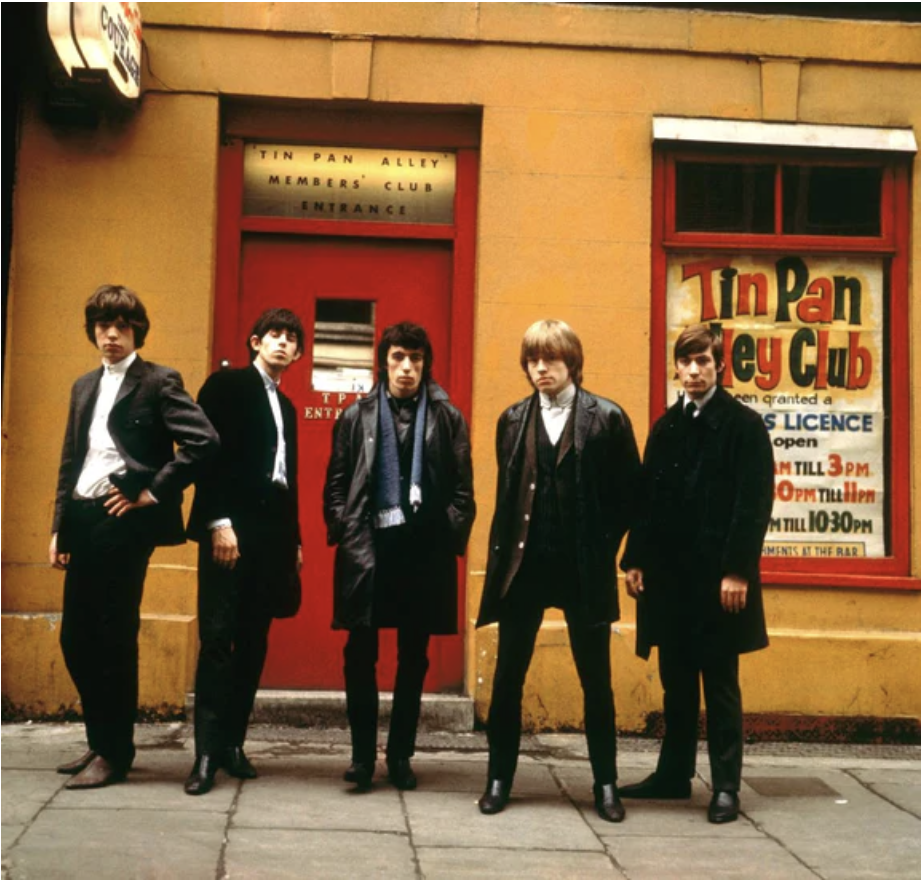
THE ROLLING STONES, 1963 - TERRY O’NEILL
Beyond music, he has also photographed many Hollywood personalities such as Elizabeth Taylor, Audrey Hepburn, and Paul Newman. He has also worked for magazines such as Vogue, Life and Rolling Stone:
O'Neill was recognized for his work with numerous awards, including the Royal Photographic Society's Lifetime Achievement Award in 2011. He passed away in 2019 at the age of 81, leaving behind a lasting legacy in the world of celebrity photography.
Fashion photographers of the 1960s were also influenced by the art movements of the time, such as pop art and surrealism. They incorporated these influences into their images, creating vibrant and bold compositions that captured the spirit of the times. Fashion photography became a true art form in its own right, one that was admired and inspired by amateurs and professionals alike at the time.
Today, Parkinson's and O'Neill's photographs are still highly prized. Their iconic images continue to inspire contemporary fashion photographers and captivate art lovers around the world. The fashion photography of the 1960s has left a lasting impression on the art and fashion world, and its contribution to popular culture will never be forgotten.


